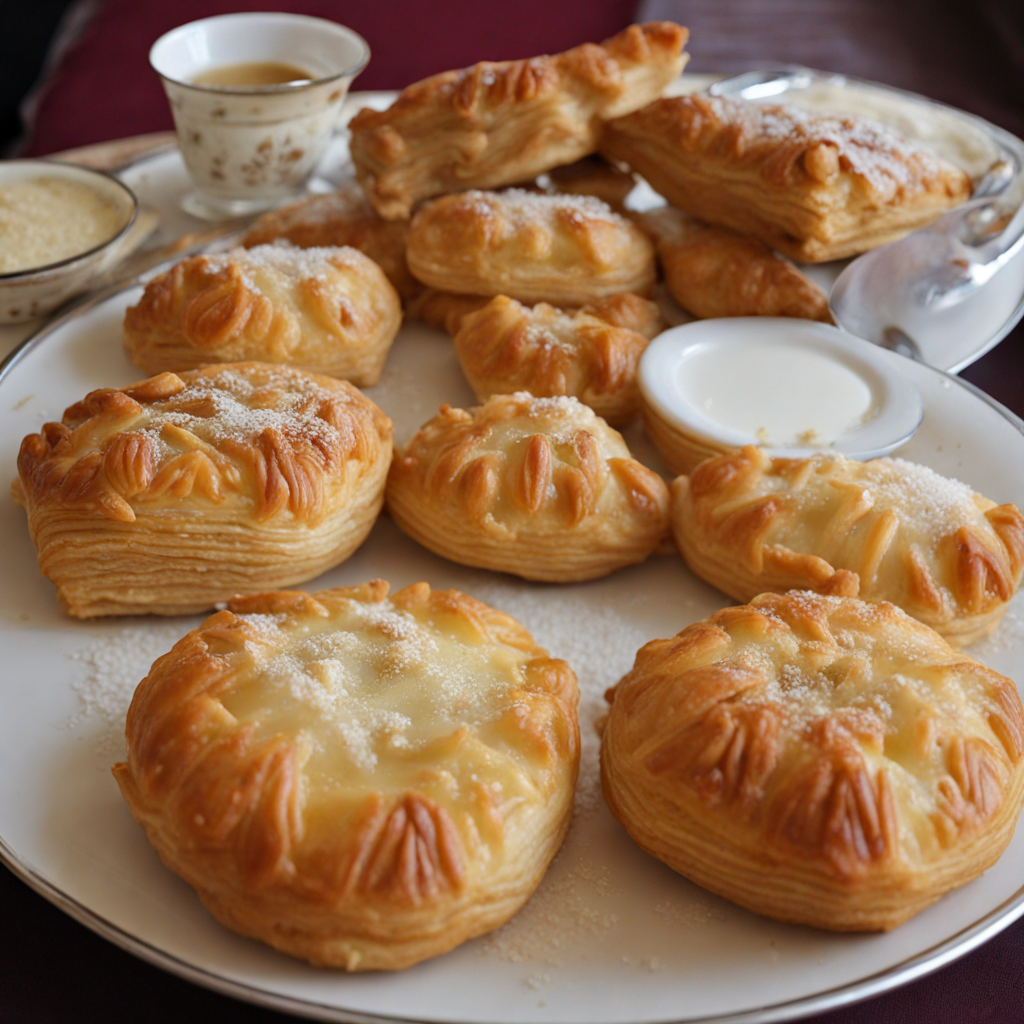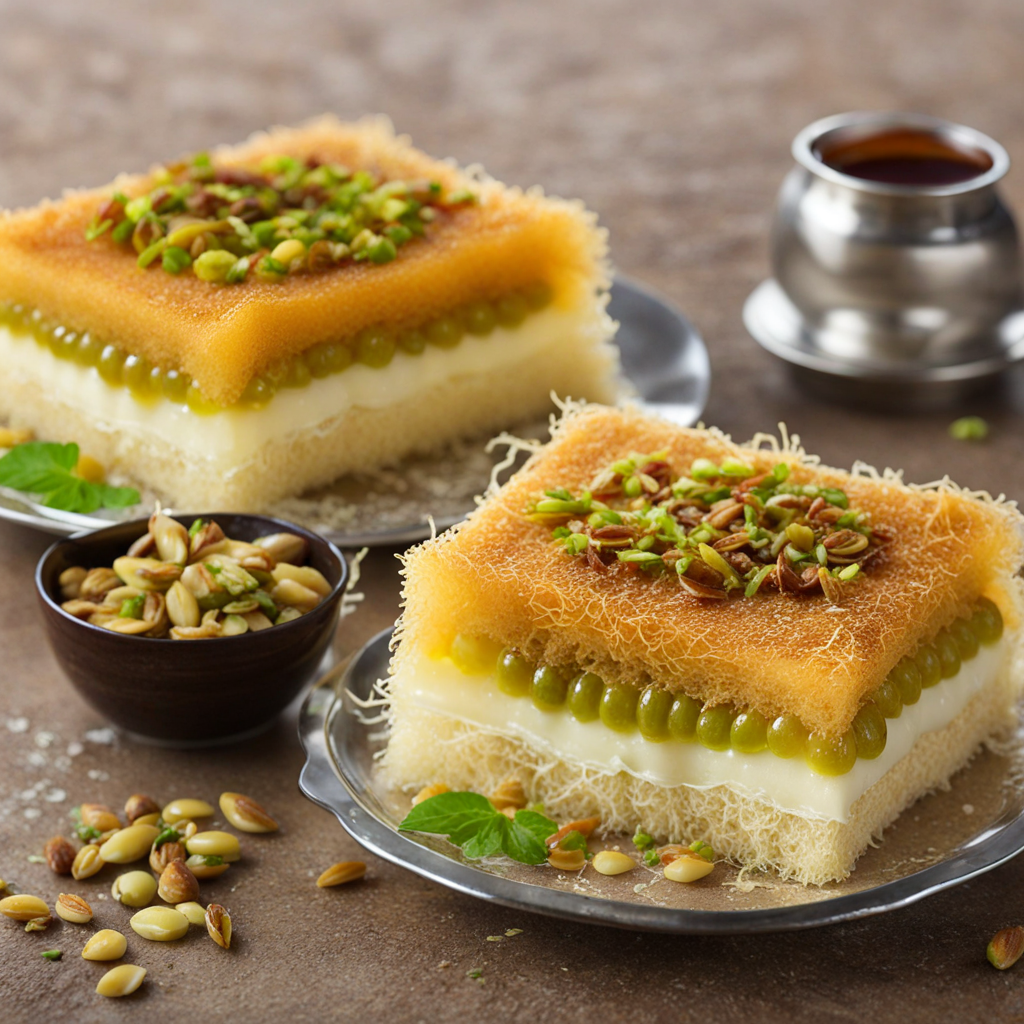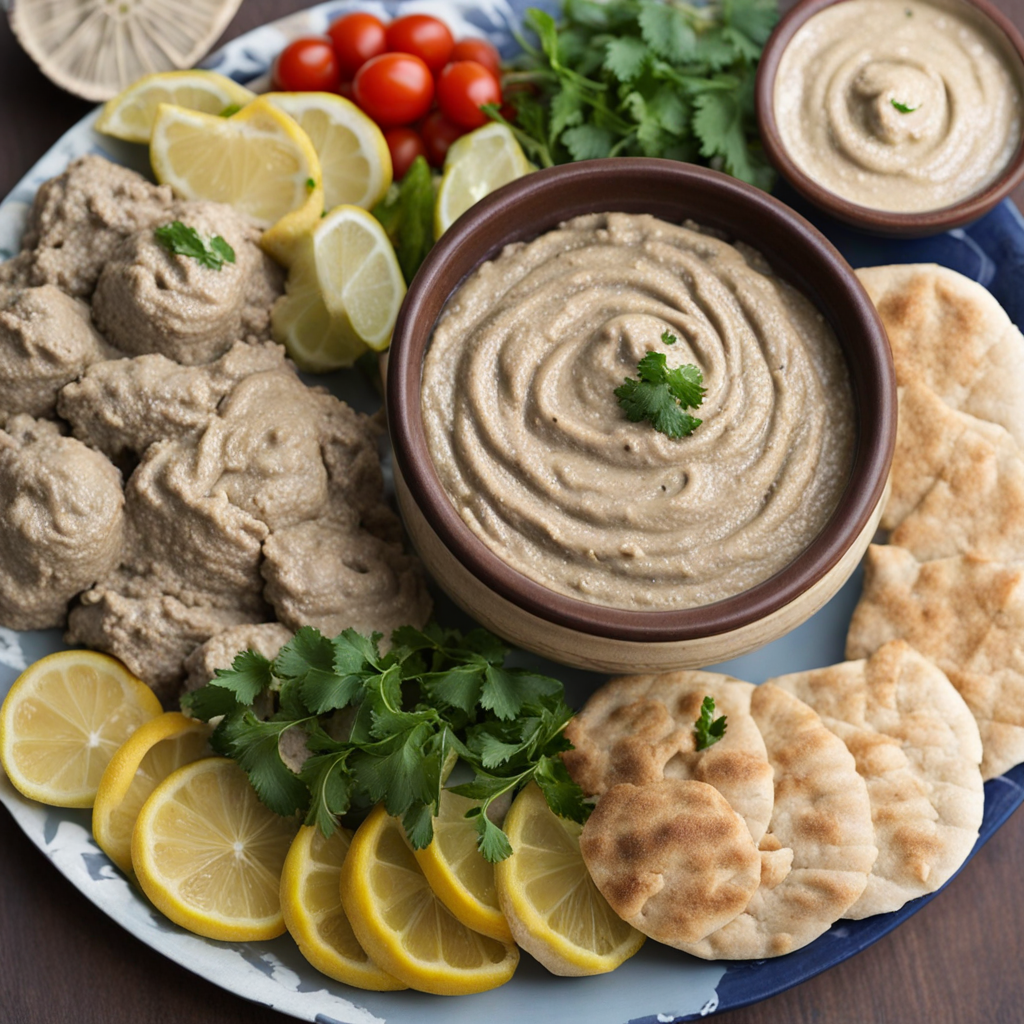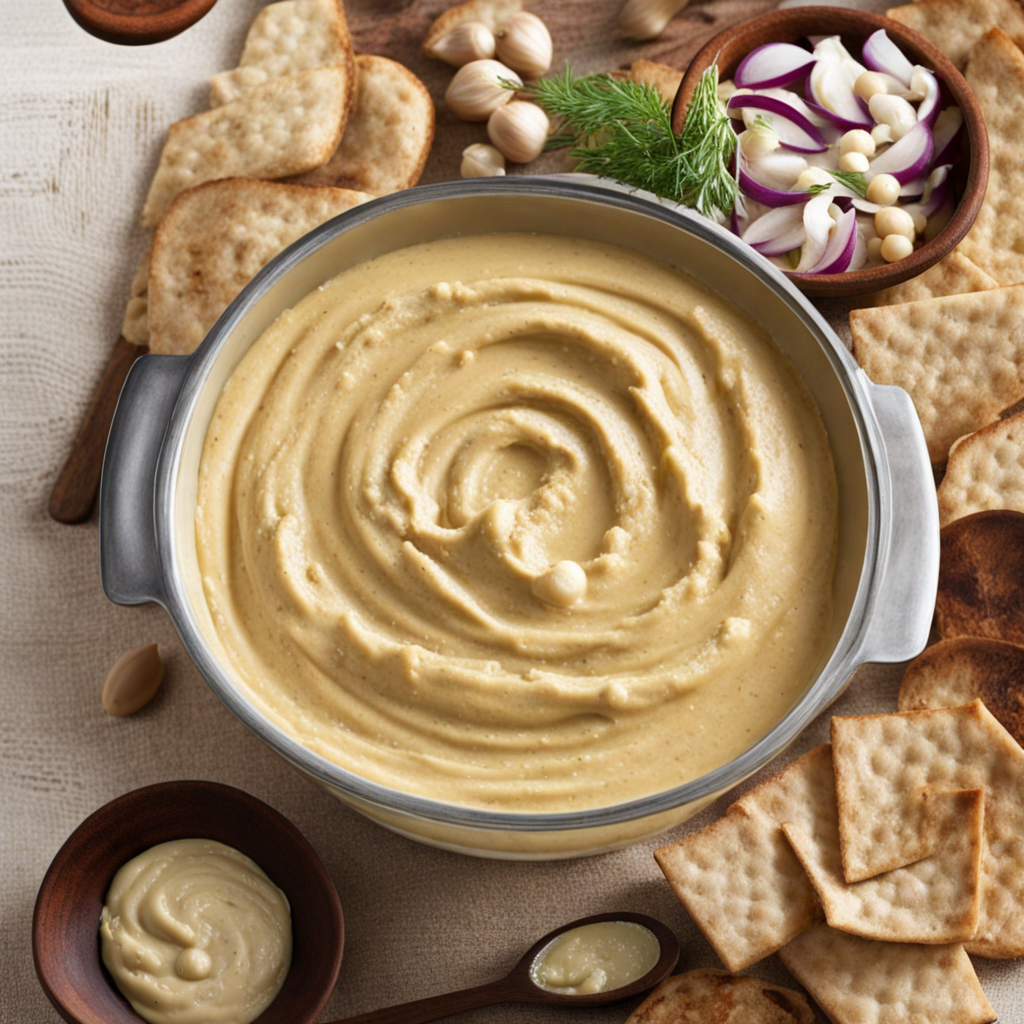Warbat
وربات (Warbat) is a beloved traditional dessert from Jordan, celebrated for its delicate layers and rich flavors. This sweet treat has its roots in the Levantine culinary tradition, where it has been enjoyed for generations. Warbat is often associated with festive occasions and gatherings, making it a staple in Jordanian households, particularly during celebrations such as weddings and religious holidays. The history of Warbat can be traced back to the Ottoman Empire, where intricate pastry-making techniques were developed and refined. The dessert shares similarities with other Middle Eastern pastries, such as baklava and kunafa, which also highlight the region's love for sweet, flaky desserts. Over time, Warbat has evolved, incorporating local ingredients and flavors, becoming a unique expression of Jordanian culinary heritage. In terms of flavor, Warbat boasts a wonderful balance of sweetness and nuttiness, accompanied by a rich buttery undertone. The dessert is typically sweetened with syrup, which is often flavored with rose or orange blossom water, giving it an aromatic quality that enhances its overall appeal. The combination of textures—from the crispiness of the phyllo pastry to the creaminess of the filling—creates a delightful sensory experience that captivates the palate. The preparation of Warbat is a labor-intensive process that showcases the skill and artistry of the baker. The base of the dessert consists of thin layers of phyllo dough, which are carefully brushed with melted butter to achieve a golden, flaky texture. The filling is usually made from a
How It Became This Dish
Origin of وربات وربات, also known as "warbat," is a traditional Jordanian dish that reflects the rich culinary heritage of the Levant region. Its roots can be traced back to the Ottoman Empire, where the amalgamation of different cultures and cuisines laid the foundation for many dishes that are cherished today. The name "وربات" itself is derived from the Arabic word "ربط," meaning to bind or tie, which refers to the way the dish is prepared and presented. Originally, warbat was made using simple ingredients that were readily available, such as flour, meat, and spices, allowing it to be a staple in local households. The dish is believed to have been created by the nomadic Bedouin tribes who inhabited the Jordanian desert. They relied on the resources available to them in their arid surroundings, often using lamb or goat meat, which was abundant in the region. The tradition of cooking warbat eventually spread to urban centers like Amman and Irbid, where it was adapted and transformed, incorporating influences from neighboring countries, including Syria and Palestine. \n\n Cultural Significance Warbat holds a significant place in Jordanian culture, often served during special occasions, family gatherings, and religious celebrations. It is more than just a meal; it represents hospitality and the warmth of Jordanian traditions. The preparation of warbat is often a communal activity, where families and friends come together to share in the cooking process, reinforcing social bonds and cultural ties. In Jordan, food is an integral part of social life, and dishes like warbat symbolize the importance of community and family. During weddings and Eid celebrations, warbat is often featured prominently on the dining table, showcasing the culinary skills of the host and the richness of Jordanian culture. The dish also serves as a reminder of the history of the region, reflecting the blending of various cultural influences that have shaped Jordan's identity over centuries. \n\n Ingredients and Preparation The traditional preparation of warbat involves a few key ingredients: dough made from flour and water, spiced minced meat (typically lamb or beef), and a variety of herbs and spices, such as cinnamon, allspice, and black pepper. The dough is rolled out into thin sheets and filled with the spiced meat mixture, then folded and shaped into triangular or rectangular parcels. These parcels are then either baked or fried to achieve a crispy texture on the outside while retaining a moist, flavorful filling. Modern variations of warbat have emerged, with some cooks incorporating cheese, vegetables, or even nuts into the filling, reflecting changing tastes and the influence of globalization on traditional recipes. Additionally, the cooking methods have diversified, with some opting for healthier baking methods instead of frying. Despite these variations, the essence of warbat remains rooted in its historical preparation, making it a beloved dish across generations. \n\n Development Over Time Throughout the years, warbat has undergone a transformation in its presentation and preparation, yet it has maintained its core identity. As Jordan has become more cosmopolitan, influenced by international cuisines and cooking techniques, warbat has adapted to fit modern tastes while still respecting its traditional roots. The rise of Jordan's culinary tourism has also contributed to the popularity of warbat. As the country welcomes visitors from around the world, traditional dishes like warbat are being showcased in restaurants and culinary festivals, allowing tourists to experience authentic Jordanian cuisine. Chefs have begun to experiment with the dish, presenting it in innovative ways, such as pairing it with gourmet sauces or serving it as part of a contemporary tasting menu. Furthermore, the increasing interest in healthy eating has led to a resurgence in traditional dishes that emphasize wholesome ingredients. Warbat, with its simple yet nutritious components, fits this trend perfectly, allowing it to regain its place in modern Jordanian dining while still honoring its traditional preparation. \n\n Warbat in Contemporary Jordan In contemporary Jordan, warbat continues to be a cherished dish, reflecting both tradition and innovation. It is commonly found in local markets, street food stalls, and family-run restaurants, signifying its accessibility and popularity among all social classes. The dish has become a symbol of Jordanian pride, representing the country’s rich culinary legacy. Social media platforms have also played a significant role in the revival and popularization of warbat, with food bloggers and influencers sharing recipes, cooking tips, and personal stories related to the dish. This digital engagement has inspired a new generation to explore their culinary heritage, encouraging families to pass down recipes and techniques that may have been forgotten in the fast-paced modern world. Moreover, warbat has made its way into international cuisine, with Jordanian expatriates and diaspora communities introducing the dish to new audiences around the globe. As more people become aware of Jordan’s culinary offerings, warbat stands as a testament to the country’s rich cultural tapestry and its ability to adapt and thrive in a changing world. \n\n Conclusion In summary, وربات is not just a dish; it is a reflection of Jordan's history, culture, and the resilience of its culinary traditions. From its humble beginnings among nomadic tribes to its place on contemporary dining tables, warbat encapsulates the essence of Jordanian hospitality and the importance of community. As it continues to evolve, the dish remains a beloved symbol of Jordan, bridging the past with the present and inviting future generations to partake in its rich culinary narrative.
You may like
Discover local flavors from Jordan







